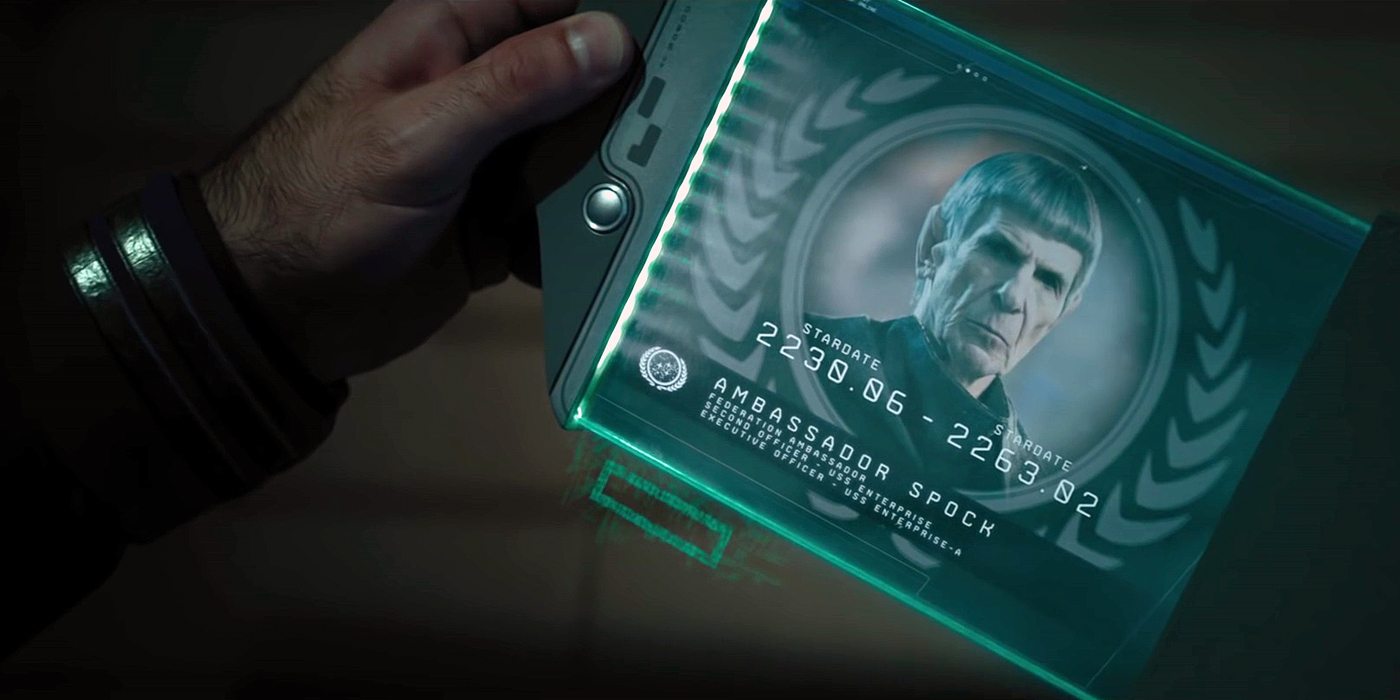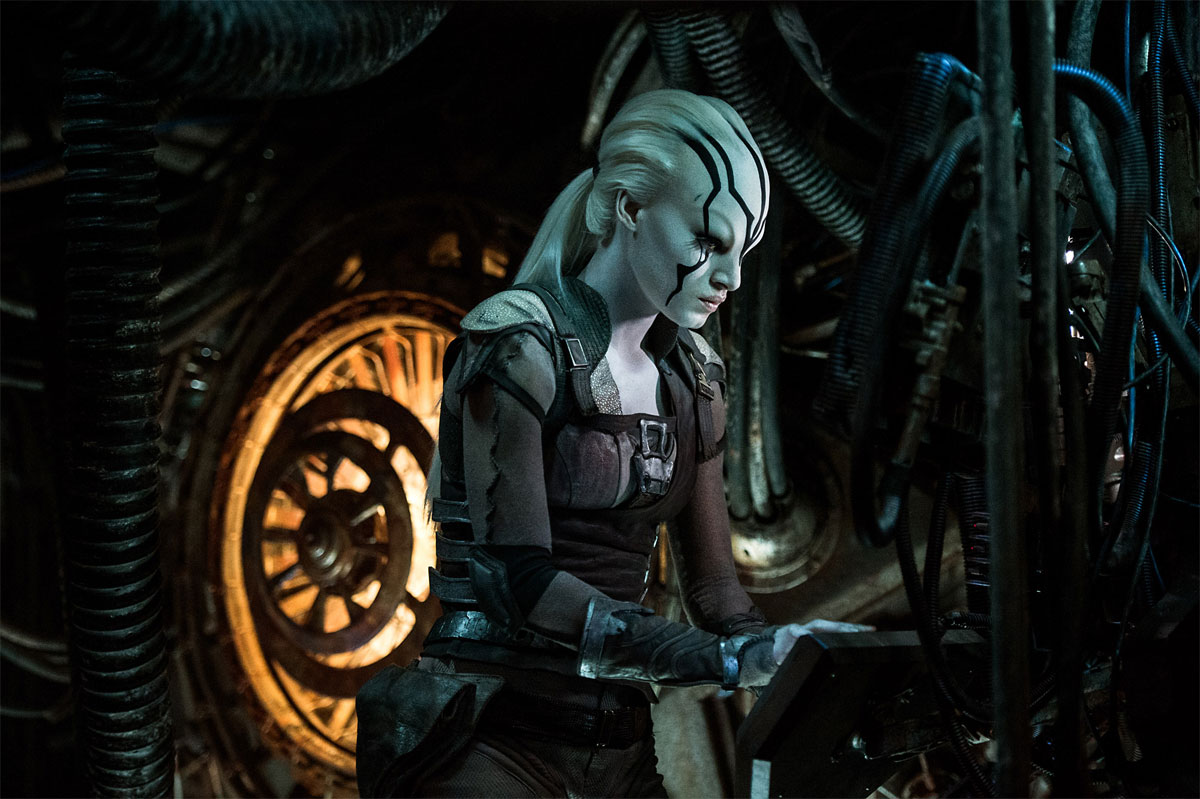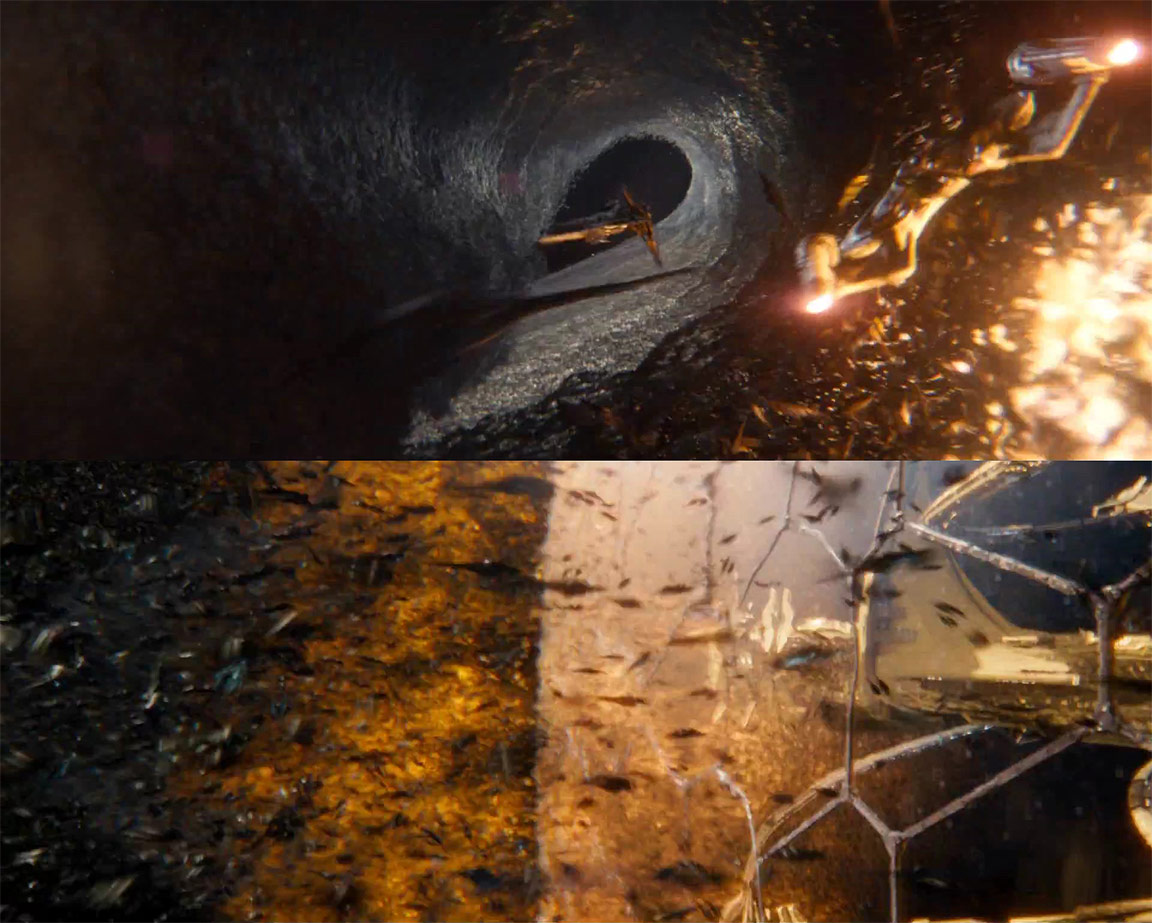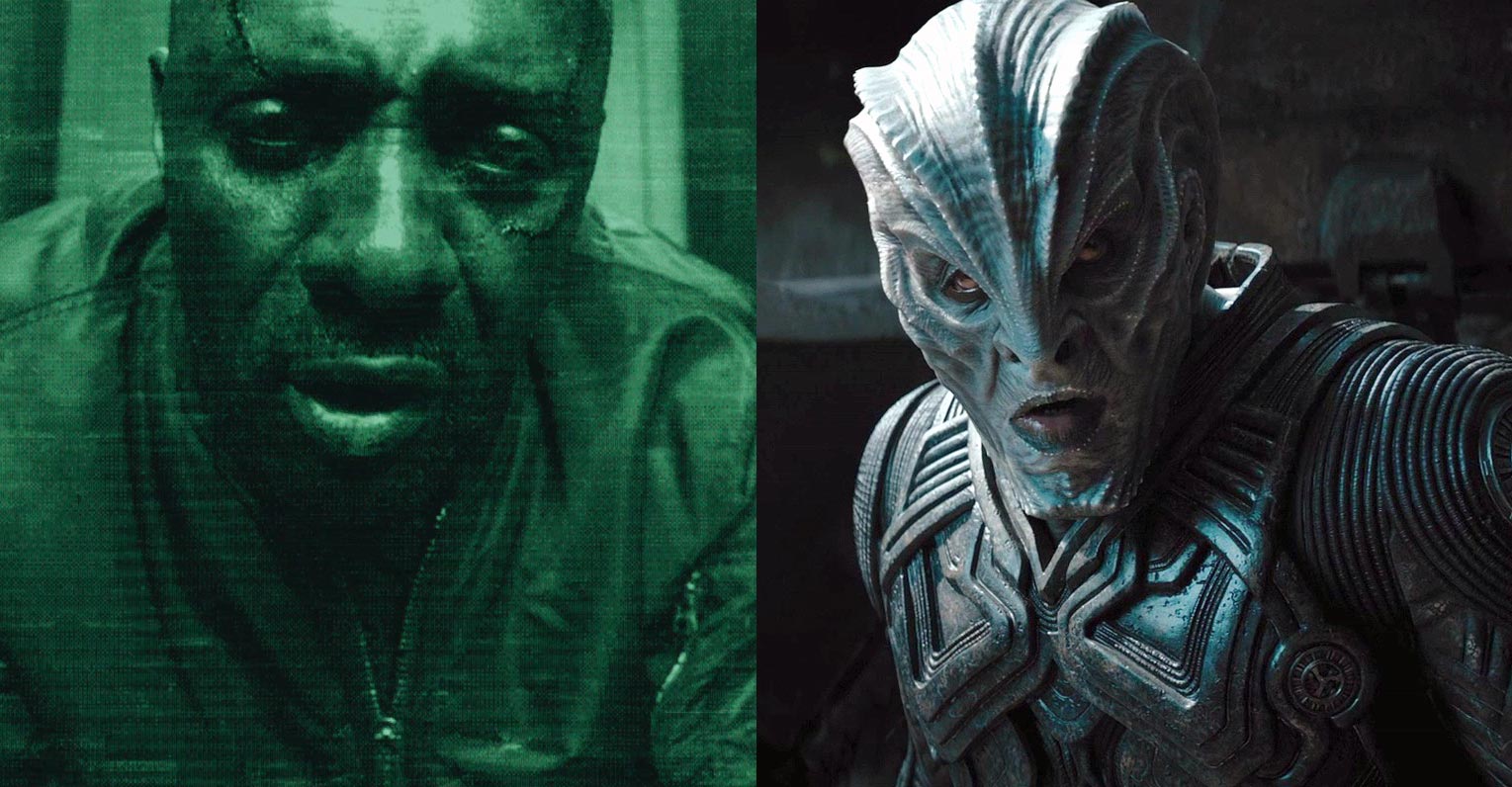It’s not an overstatement to say that Star Trek Beyond had its work cut out for it. With J.J. Abrams firmly entrenched in the new Star Wars trilogy, Beyond had to prove, under new director Justin Lin, that it could replicate the success of its predecessors while navigating some vicious critical headwinds over the choice of Lin.
It had to prove that Trek was still relevant in an arena reinvigorated, and perhaps even usurped, by Star Wars. And it had to acknowledge the losses of Leonard Nimoy and, more recently, Anton Yelchin, who died just weeks before the movie’s release.

For a movie facing these challenges and bowing on Trek’s 50th anniversary, Beyond may not be the classic Star Trek entry that fans had hoped for, but it is an entertaining, passable, summer sci-fi action film peppered with some welcome, sentimental nods to the original television series and movies. Beyond boasts a strengthened family chemistry among the crew, particularly with Kirk, Spock, and McCoy – adding glue to that classic triumvirate of these three popular characters.
As you likely know by now, the crew is three years into its five-year mission when it is called to Starbase Yorktown and sent on assignment to rescue an alien ship in a nearby nebula. The ship then comes under attack by a warlord known as Krall, who is hell-bent on obtaining pieces of an ancient bio-weapon. Part of that weapon happens to be in Kirk’s possession and Krall wages war on the Enterprise to get it.
Krall unleashes a swarm of drones in a breathtaking attack on Enterprise. Many of the crew take escape pods to the nearby planet Altamid, separating key members of the command crew. Bones and Spock are alone together, as are Kirk and Chekov, who work together to find a way to reunite everyone.
The reunited command crew eventually gets help from a scavenger known as Jaylah, who is living in the USS Franklin – the first Starfleet vessel to achieve Warp 4 and which became stranded and abandoned on Altamid many years earlier. Jaylah helps them rescue the other crew members held prisoner by Krall and his henchman (using a motorcycle and some nifty holographic fake-outs). The action then heads back to the Yorktown, which Krall, now in full possession of the assembled weapon, intends to conquer for use in attacking the Federation at large.

Now for the big question: Does Lin manage to pull all this off? Yes, and no. The movie begins with promise and some unexpected restraint on the part of his camerawork, but it takes a dizzying turn once action heads to the planet and then to the Yorktown in the climax. Yes, there’s a pretty ridiculous Indiana Jones-style, cliffhanging moment on the planet involving Scotty, and Kirk pulls off another superhero moment of rescue, this time with Jaylah. When Abrams staged Kirk’s rescue of Sulu (with help from Chekov) in the first film as they’re plummeting toward Vulcan, it was a genuine nail-biter. Here, the rescues just feel a little too routine and expected.
To be fair, the CG work on Yorktown is incredible and it’s a beauty to behold. Lin lets the camera fly around for a bit so we can take in the spectacle of this place (which reminded me of the long shuttle flybys of the Enterprise during the ship’s first appearance in Star Trek: The Motion Picture). The problem is, the station’s circular architecture doesn’t lend itself to Lin’s frenetic, 360-degree camera moves, especially when the action picks up steam.

Without some kind of stable reference point for your eye, the action photography just becomes a spinning, visual mess. The return of the Beastie Boys song “Sabotage” as the deux ex machina in the final battle with Krall that helps destroy his swarm army is hard to swallow. The song’s use is a stunning moment to witness and makes sense in the context of a Lin movie, but here the solution just seemed too easy and more akin to what you’d expect from an hour-long Trek episode looking to quickly wrap things up in its final act.
On the whole, I wasn’t upset with Lin’s work. He delivers the movie and keeps the action moving. But in the end, that’s essentially all the movie is – an action film with a story of revenge we’ve seen over and over before. Again, we always come back to The Wrath of Khan – that North Star storytellers seem to point to when crafting a new Star Trek movie.
Of course, Krall is no Khan, but both characters do argue their positions and invite the audience’s sympathies. The fact that Krall is in fact Balthazar Edison, the former captain of the forgotten USS Franklin, is an interesting twist. Like Khan, Edison shares enormous animosity toward the Federation because of abandonment. In the case of Edison, he was a member of M.A.C.O. who fought in both the Xindi and Romulan wars. When the wars ended and the Federation was formed, Edison – now a Starfleet officer — was given command of the USS Franklin on a mission of exploration.

The Franklin became stranded on Altamid, and unable to muster a rescue from Starfleet, Edison became resentful toward Starfleet not only because of the abandonment but the broader impact of peace and diplomacy embraced by the new Federation. Edison over time transformed into the alien Krall by harnessing advanced technology on the planet and transferring the lifeforce of other beings to ensure his and his followers’ survival. We see this energy transference during the events of Beyond when Krall first attacks the Enterprise and again on the planet.
Krall’s backstory is a compelling one and we see echoes of Star Trek VI: The Undiscovered Country and Kirk’s struggle with the new Klingon peace in that movie. Unfortunately, in the case of Krall, the revelation the Krall is Edison happens too abruptly and too awkwardly to offer any real significant sympathy for this guy. I’m also not sure I agreed with the decision to have Kirk so tired and conflicted about his purpose this early in the reboot franchise.
Kirk’s similar struggle in The Wrath of Khan worked because he was a middle-aged man whose journeys and struggles were well-documented through an entire series. That movie so perfectly services the older character of Kirk and where he is at that point in his life – and how he’s able to reclaim his “youth” through his experiences with Khan. That sense of personal rediscovery in younger-Kirk doesn’t feel quite as satisfying in Beyond.

It’s painful to see Anton Yelchin so alive and vibrant in this movie given his recent death, and I almost wish there were stronger moments of bonding with Kirk during their alone-time. The movie does do a nice job of showing just how close these characters have become in the overall, and enormous credit must given again to Abrams and company for finding the best actors for these characters.
The choice to have Sulu married with husband and child may have provided some short-lived push-back among critics upset with changes to that character, but it felt organic to the movie and was a welcome, if fleeting, answer to calls for more diversity in the Trek universe. For those seeking stronger diversity in Star Trek, you may have to wait for the new television series.
Serious credit needs to be given to Michael Giacchino’s score, which is certainly his best of the rebooted movies. His score complements Lin’s acrobatic direction and his campy fight-scene arrangements are nice winks to the original series scoring.

Overall, Star Trek Beyond is an entertaining entry in the franchise that plays more like an overproduced episode than a standalone film. Nevertheless, it does offer some interesting technical insights, particularly with regard to the USS Franklin and its place in Star Trek chronology.
Paramount has already greenlit a fourth movie in the Kelvin Timeline, which is expected to reunite Kirk with his father George, who was played by Chris Hemsworth in the first movie. Another time-travel story? Perhaps. That’s not necessarily a bad thing. Let’s just hope there aren’t any humpback whales.
Be sure to check out our other BEYOND review, from James Moorhouse.
